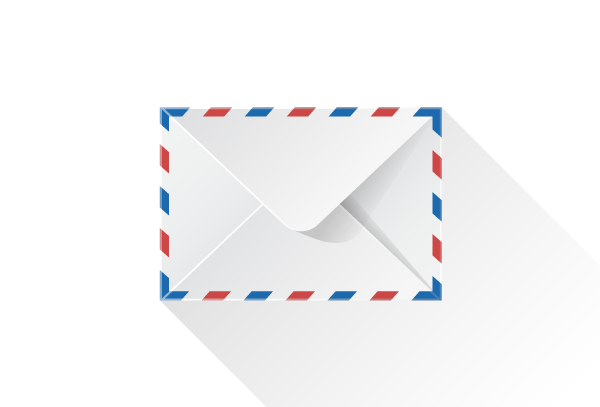Python is a high-level, general-purpose programming language known for its simplicity and readability. It was created by Guido van Rossum and first released in 1991. Here’s a detailed overview of Python programming:
1. Design Philosophy:
Python’s design philosophy emphasizes code readability through the use of significant indentation. This means that code blocks are defined by their indentation level, making it visually clean and easy to understand.
2. General-Purpose Language:
Python is a versatile language used in various domains, including web development, data analysis, machine learning, artificial intelligence, scientific computing, automation, and more.
3. Interpreted Language:
Python is an interpreted language, which means that you don’t need to compile your code before running it. This makes development faster and more accessible.
4. Dynamically Typed:
Python is dynamically typed, allowing you to assign values to variables without specifying their data types explicitly.
5. Rich Standard Library:
Python comes with a comprehensive standard library that provides modules and packages for various tasks, such as file handling, network communication, and data manipulation.
6. Open Source:
Python is an open-source language, and its development is driven by a community of volunteers. You can download and use Python for free.
7. Popular Frameworks and Libraries:
Python has a vibrant ecosystem with popular frameworks and libraries like Django for web development, NumPy and pandas for data manipulation, TensorFlow and PyTorch for machine learning, and more.
8. Cross-Platform:
Python is cross-platform, which means you can write code on one operating system and run it on another without modification.
9. Community Support:
Python has a large and active community. You can find extensive documentation, tutorials, and forums online for help and support.
10. Versions:
There are two major versions of Python in use: Python 2 (which is no longer maintained) and Python 3, with Python 3 being the current and recommended version.
11. Getting Started:
If you’re new to Python, you can start by exploring the official Python website’s beginner resources Python For Beginners.
Python’s simplicity and versatility make it a popular choice for both beginners and experienced developers, and it continues to play a significant role in various industries and applications.
🌐 External Links:
Youtube :
Popular Python Programming Tools
Python offers a wide range of tools, including Integrated Development Environments (IDEs), text editors, and other resources to aid in software development. Here’s an explanation of some popular Python programming tools:
1. PyCharm:
– PyCharm is a robust and widely used IDE developed by JetBrains.
– It offers features like code analysis, debugging, and support for web development frameworks like Django.
– PyCharm provides a free Community edition and a paid Professional edition.
2. Visual Studio Code (VS Code):
– VS Code is a highly customizable, open-source code editor by Microsoft.
– It has a vast library of extensions, making it suitable for various programming languages, including Python.
– VS Code offers debugging, version control, and IntelliSense code completion.
3. Jupyter:
– Jupyter Notebook is an interactive web-based tool for data science and scientific computing.
– It allows you to create and share documents with live code, equations, visualizations, and narrative text.
– Jupyter supports various languages, including Python.
4. Spyder:
– Spyder is an IDE tailored for scientific computing and data analysis.
– It integrates well with libraries like NumPy, SciPy, and Matplotlib.
– Spyder provides features for code analysis and debugging.
5. IDLE:
– IDLE (Integrated Development and Learning Environment) is Python’s default IDE.
– It’s simple and suitable for beginners.
– IDLE provides a basic code editor, interactive shell, and debugger.
6. PyDev:
– PyDev is a Python IDE for Eclipse, a popular Java-based IDE.
– It offers features like code navigation, refactoring, and interactive debugging.
7. Sublime Text:
– Sublime Text is a lightweight and highly customizable text editor.
– It’s favored by many developers for its speed and extensibility through packages.
8. Anaconda:
– Anaconda is a data science platform that includes Python, libraries, and tools for data analysis and machine learning.
– It simplifies package management and environment setup.
9. Visual Studio (VS):
– Visual Studio, primarily known for C# development, also supports Python through extensions.
– It’s a powerful IDE with debugging and testing capabilities.
10. Thonny:
– Thonny is a beginner-friendly Python IDE designed for teaching programming.
– It includes a simple debugger and an integrated Python shell.
These tools cater to different development needs and preferences. The choice of a Python tool depends on your project requirements, coding style, and familiarity with the tool. Many of these tools offer free versions or community editions, allowing you to explore and choose the one that best suits your needs.
🌐 External links:
- Python.org – Official Python Website
- Simplilearn – 15+ Popular Python IDEs in 2023: Choosing The Best One
C++ Programming:
FAQ’s
What are the 4 basics of Python?
A basic Python curriculum is divided into 4 essential topics that include:
- Data types (int, float, strings)
- Compound data structures (lists, tuples, and dictionaries)
- Conditionals, loops, and functions.
- Object-oriented programming and using external libraries.
How Python is used in real life?
Top 10 Uses of Python in Real World with Examples:
- Web Development.
- Data Science.
- Artificial Intelligence and Machine Learning.
- Enterprise Applications.
- Education Sector.
- Web Scraping Applications.
- Game Development.
- Software Development.
Why is it called Python?
When he began implementing Python, Guido van Rossum was also reading the published scripts from “Monty Python’s Flying Circus” , a BBC comedy series from the 1970s. Van Rossum thought he needed a name that was short, unique, and slightly mysterious, so he decided to call the language Python.








